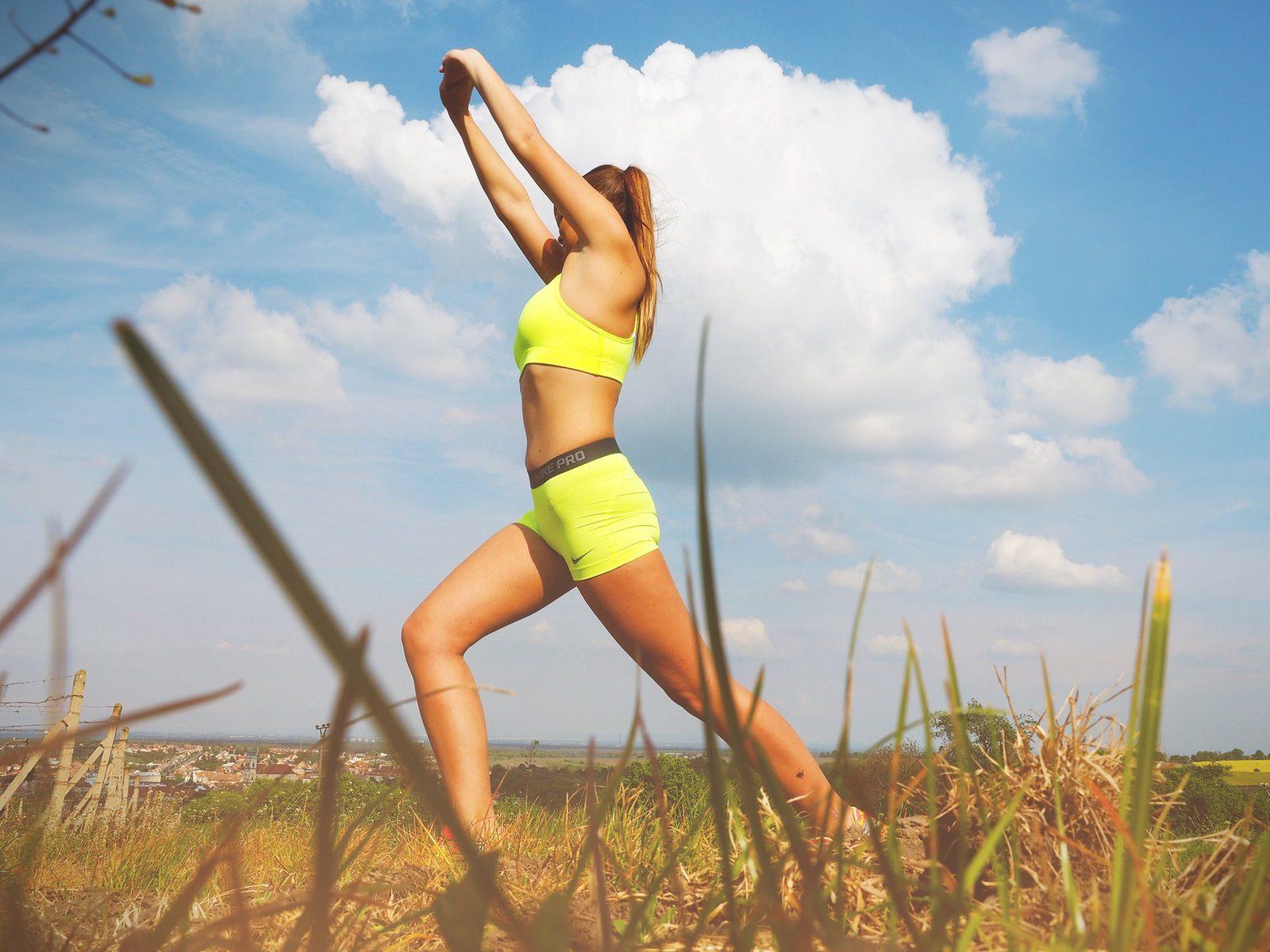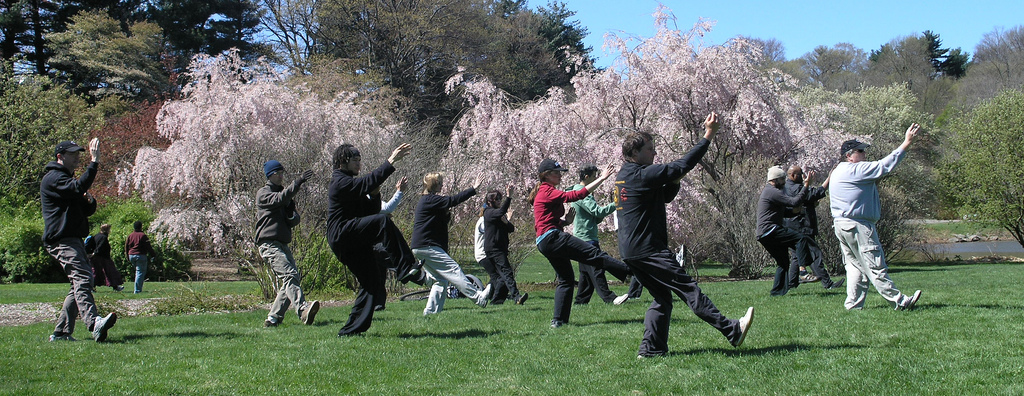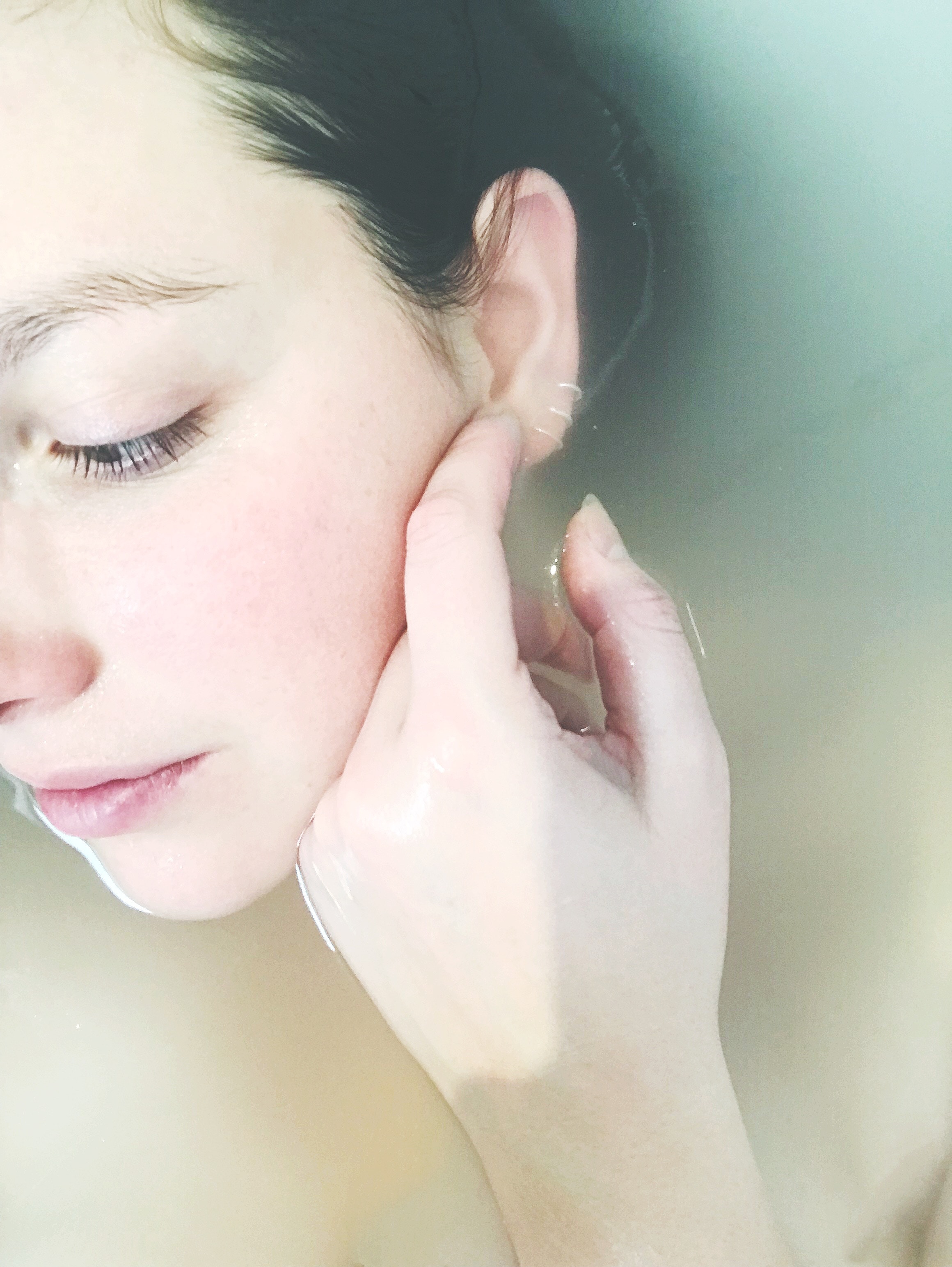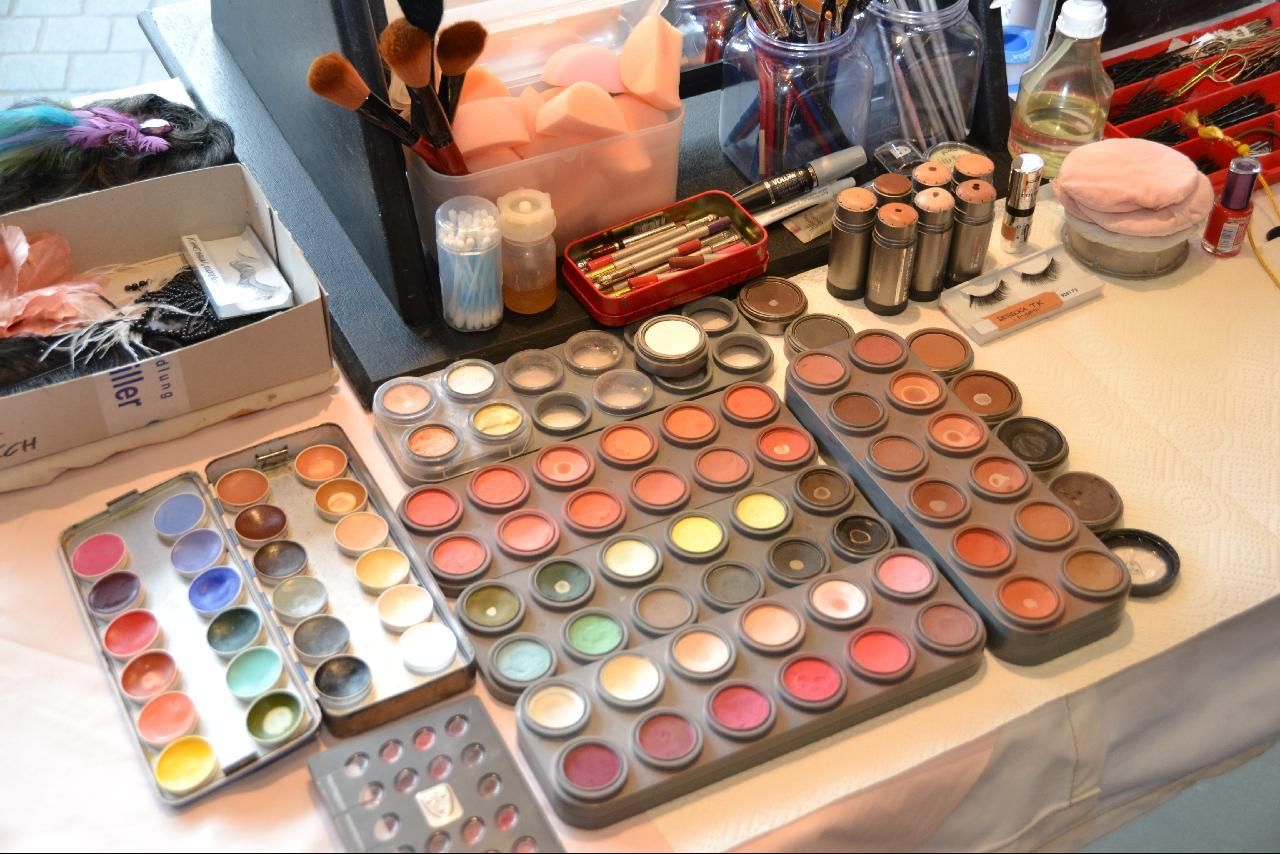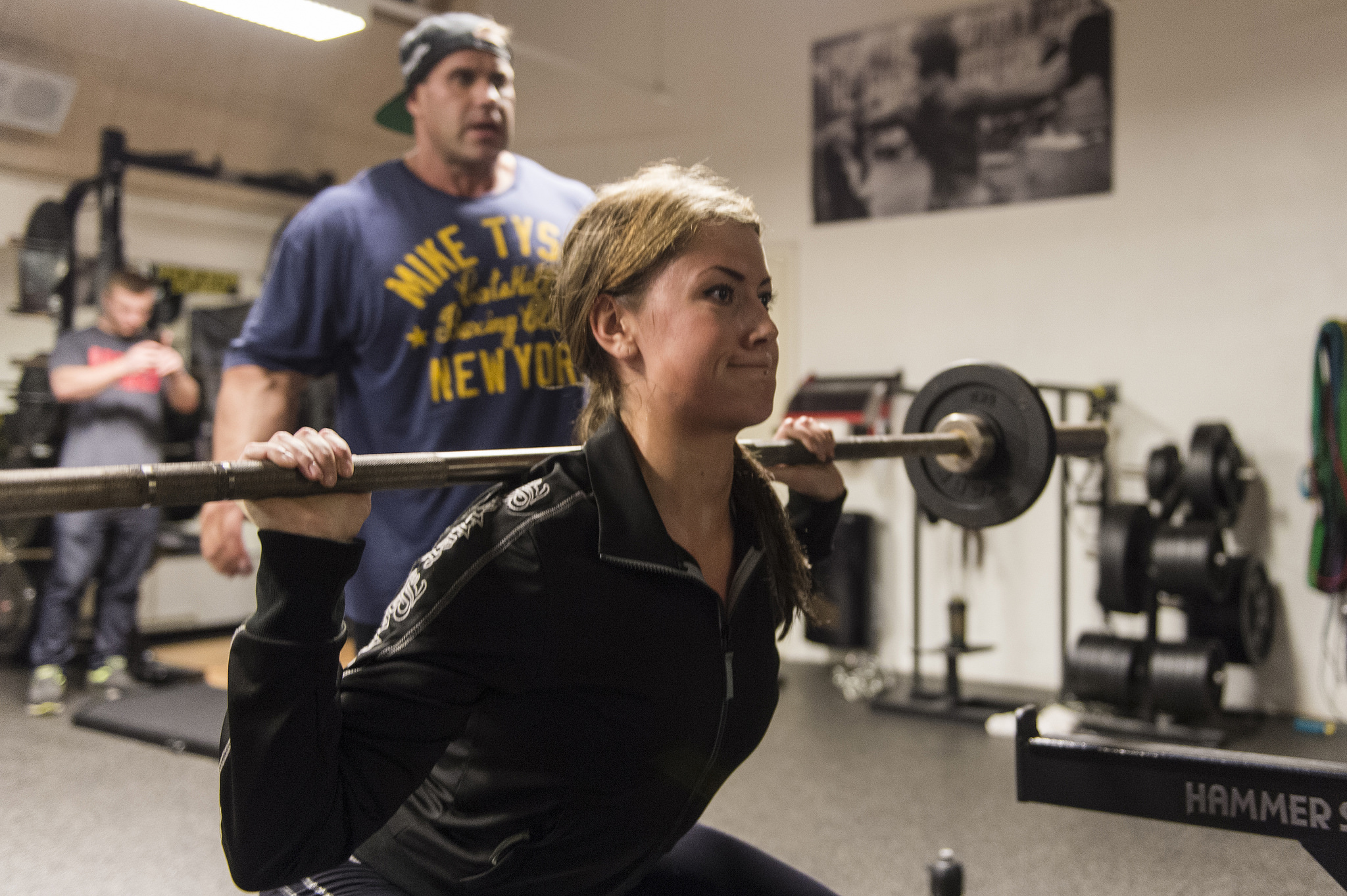
Image: Morten Skovgaard
There are limited research and anecdotal reports on the aging muscles and recovery following a physically-strenuous activity. Some studies suggest that with aging comes slower muscle recovery. However, there are also studies suggesting that there is no difference in recovery speed between the younger and older age groups if both groups have similar fitness history.
It may still not be clear as to whether or not there’s a difference in the rate of muscle recovery between the two but there’s one thing for sure – any physically-straining activity can cause muscle damage and the recovery phase is important to repair those muscles.
Why Muscle Recovery Matters
Rest is a vital element of any physical activity – whether you’re into strength or endurance training.
Athletes or anyone in sports or fitness know that the only way to get better with what they’re doing is to expose the body to different stresses. To adapt to the stresses it was exposed to, the body has to undergo the recovery stage.
The recovery stage has its purpose. It allows the muscles to repair themselves and to engage those that are sore from the workout.
Different Techniques in Muscle Recovery
The following are the things to keep in mind during the muscle recovery phase:
Rest
Getting at least 7 hours of uninterrupted sleep is one of the most important aspects of muscle training.
When we sleep, the growth hormone, which aids in muscle recovery and regeneration, is released naturally.
We also consume less energy when we sleep, which enables our bodies to make the most of the nutrients of the food we had during the day.
Our brains can benefit too when we get enough sleep. A well-rested brain is needed for staying motivated and focused for the next training session.
Massage
There’s a good reason why many people look forward to a good massage after a long hike or day at the gym. Massage loosens up the muscles, boosts oxygen and blood flow into the muscles, helps in getting rid of the lactic acid buildup (this buildup contributes to soreness), and aids in the delivery of nutrients to the muscles.
Hydration and Eating
Hydration and nutrition are one of the most fundamental yet often overlooked aspects of muscle recovery.
Hydration
The importance of hydration during a workout is often emphasized in many fitness articles but its value after a workout is usually overlooked.
Staying well-hydrated after a workout can be the key to unlocking optimal performance.
It helps in protein synthesis (the process of rebuilding muscles), improves the efficiency of the digestive process which is needed for the body’s absorption of nutrients, reduces fatigue, and contributes to faster heart rate recovery.
Nutrition
Feeding your body with the right food is one of the vital keys to muscle building. Without proper nutrition, you are simply wasting your training.
Here are some of the best foods to have while on recovery stage. These are well-recommended by nutritionists for enhancing your muscle recovery phase:
- Cottage cheese
This type of cheese has two types of protein – casein and whey.
Casein is a slow-acting protein, enabling your muscles to recover even when you’re asleep. Whey, on the other hand, is well-known for its ability to replenish muscles quickly after a workout (this is the reason why most protein shakes have whey protein in them).
- Nuts and seeds
The omega-3 fatty acids in nuts and seeds aren’t just for those who are after their heart health. They are also great for those who are building their muscles. They help in fighting inflammation, aids in protein synthesis, and a good source of zinc for boosting the immune system function.
- Spinach
Spinach is an antioxidant powerhouse. It fights free radicals in the body, strengthens the muscles, and maintains normal muscle and nerve function.
- Sweet potatoes
Sweet potatoes are a muscle builder’s staple food. This starchy vegetable helps in replenishing glycogen stores after a workout and a good source of vitamin C and beta-carotene, which helps keep your body healthy and strong.
The good thing about these foods is that you can do almost anything with them – snack on them, incorporate them in your post-workout shakes or add them to your post-workout and recovery meals.
Have you tried any of these techniques after a workout?

